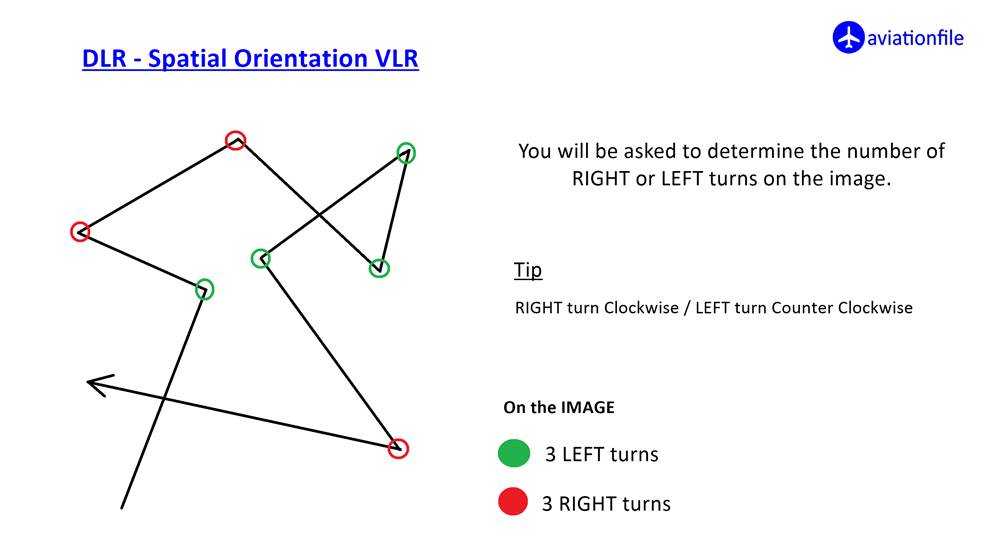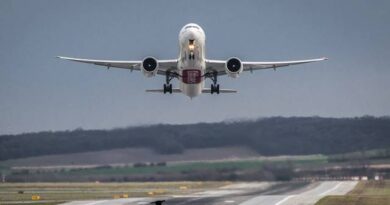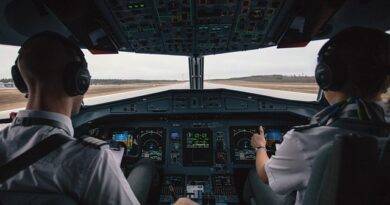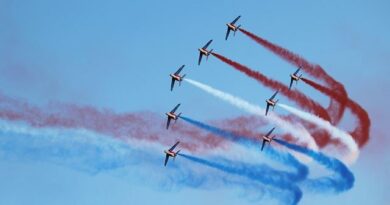Spatial Orientation in aviation
Spatial orientation is a crucial aspect of aviation and is defined as the ability of a pilot to understand and control the position, orientation and movement of an aircraft relative to the earth’s surface. It is one of the essential skills that a pilot must possess in order to fly safely and effectively. In this article, we will discuss the importance of spatial orientation in aviation and some related practice questions.
The importance of spatial orientation in aviation cannot be overstated. It is a fundamental aspect of flight, and a pilot’s ability to maintain spatial orientation plays a crucial role in ensuring the safety of the flight and its passengers. Pilots must be able to accurately judge their position and movement relative to the earth’s surface, so they can control the aircraft with precision and make necessary adjustments to its course. This helps them avoid potential hazards and maintain control of the aircraft at all times.
In addition, spatial orientation is also important for navigation. Pilots must be able to identify their position relative to their intended flight path, so they can adjust their course as necessary and make sure they are on track. Spatial orientation is also critical for landing, as pilots must be able to accurately judge the aircraft’s height, speed, and angle of descent to ensure a safe landing.
Practice questions can help pilots improve their spatial orientation skills.
Some common practice questions include:
– What are the three axes of an aircraft, and how do they relate to spatial orientation?
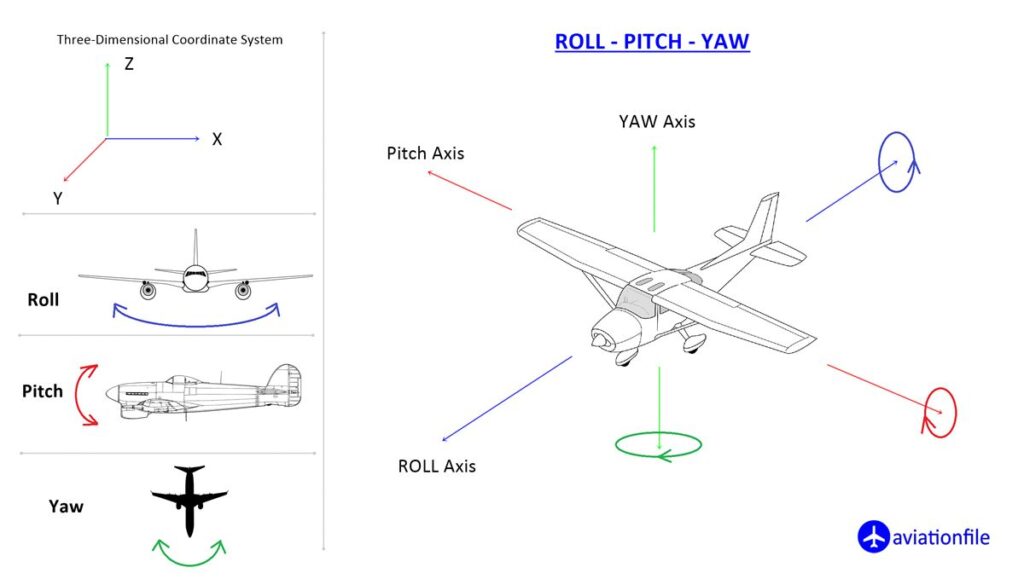
* What is the definition of bank angle and how does it affect the aircraft’s spatial orientation?
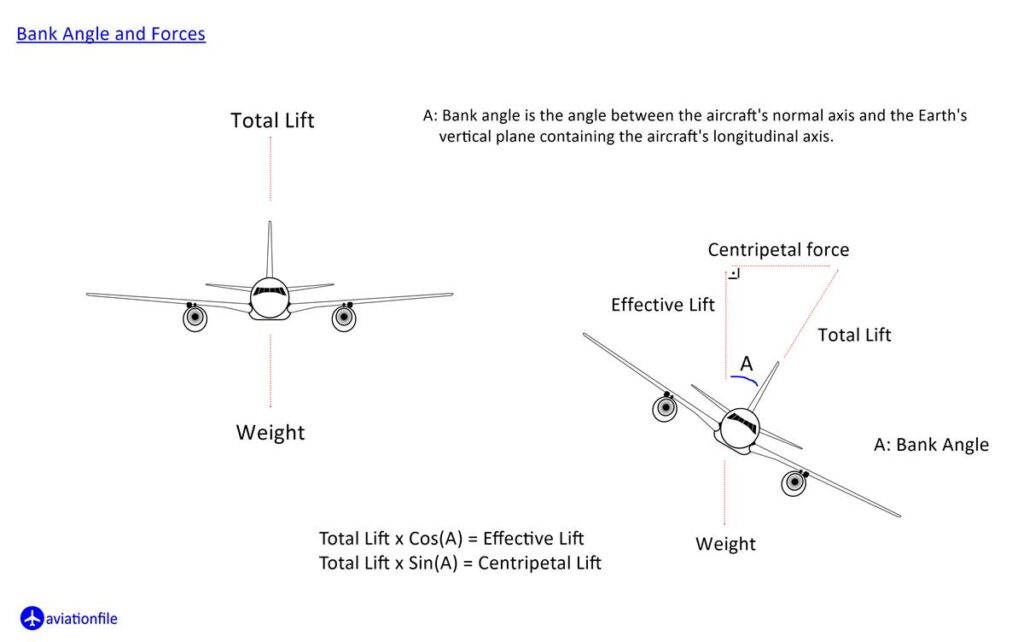
- How does weather, such as turbulence and cloud cover, affect spatial orientation, and what measures can a pilot take to mitigate these effects?
- How can you tell if an aircraft is in level flight, and what are the factors that contribute to changes in spatial orientation during level flight?
- How does a pilot determine the aircraft’s position relative to the earth’s surface, and what factors can affect this determination?
As aviationfile, we have developed an application where you can test many of your skills, including spatial orientation. “Aviation Aptitude Tests” has 11 test types and more than 650 unique questions. Click for the play store link of our application.

Answering these questions can help pilots better understand the principles of spatial orientation and how they apply to their flight operations. In addition, regular training and practice can help pilots maintain and improve their spatial orientation skills, which is essential for their ongoing success and safety as pilots.
In conclusion, spatial orientation is an important aspect of aviation that plays a crucial role in ensuring the safety and effectiveness of flight operations. Pilots must possess this skill to fly safely and effectively, and regular training and practice can help them maintain and improve their spatial orientation skills.
